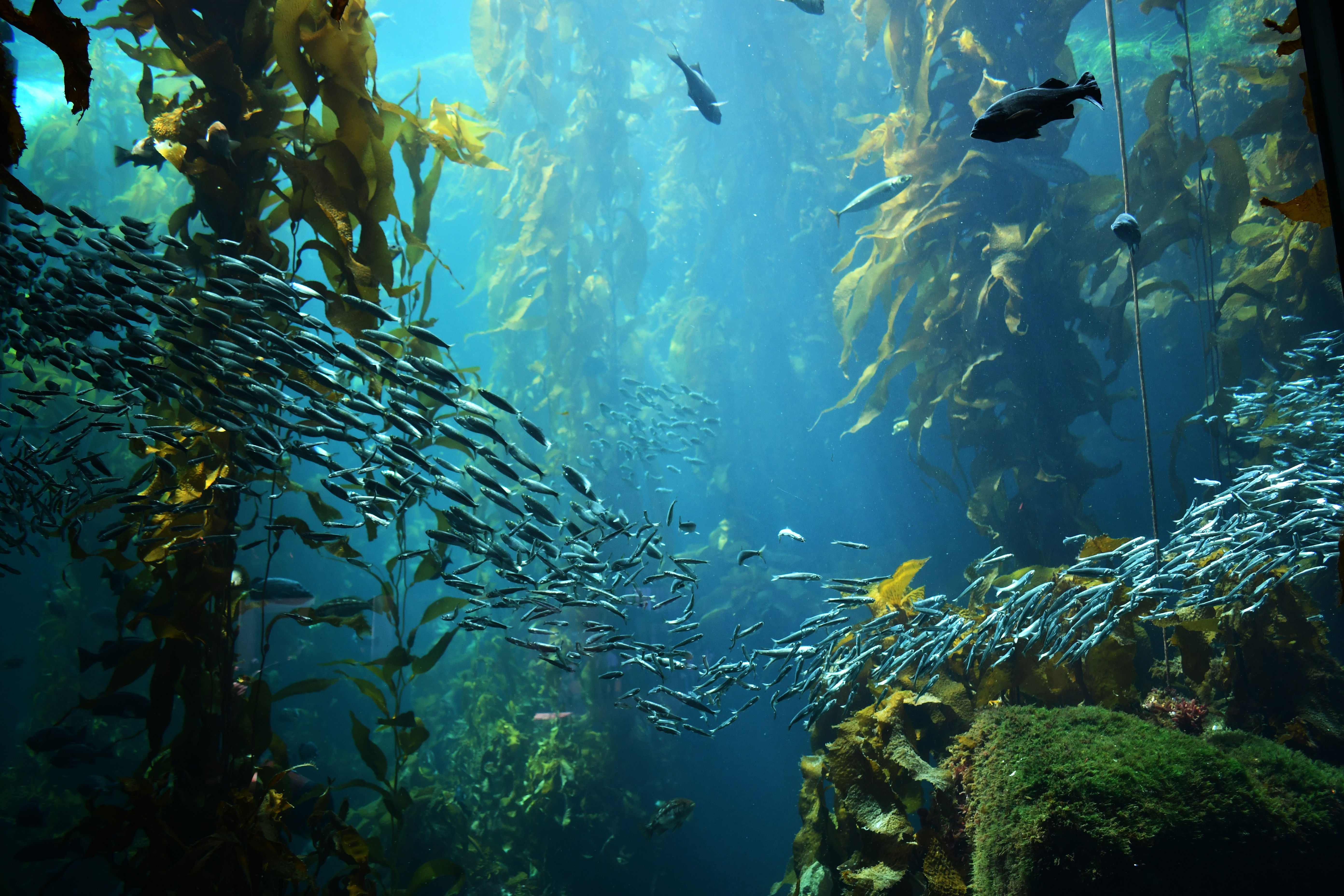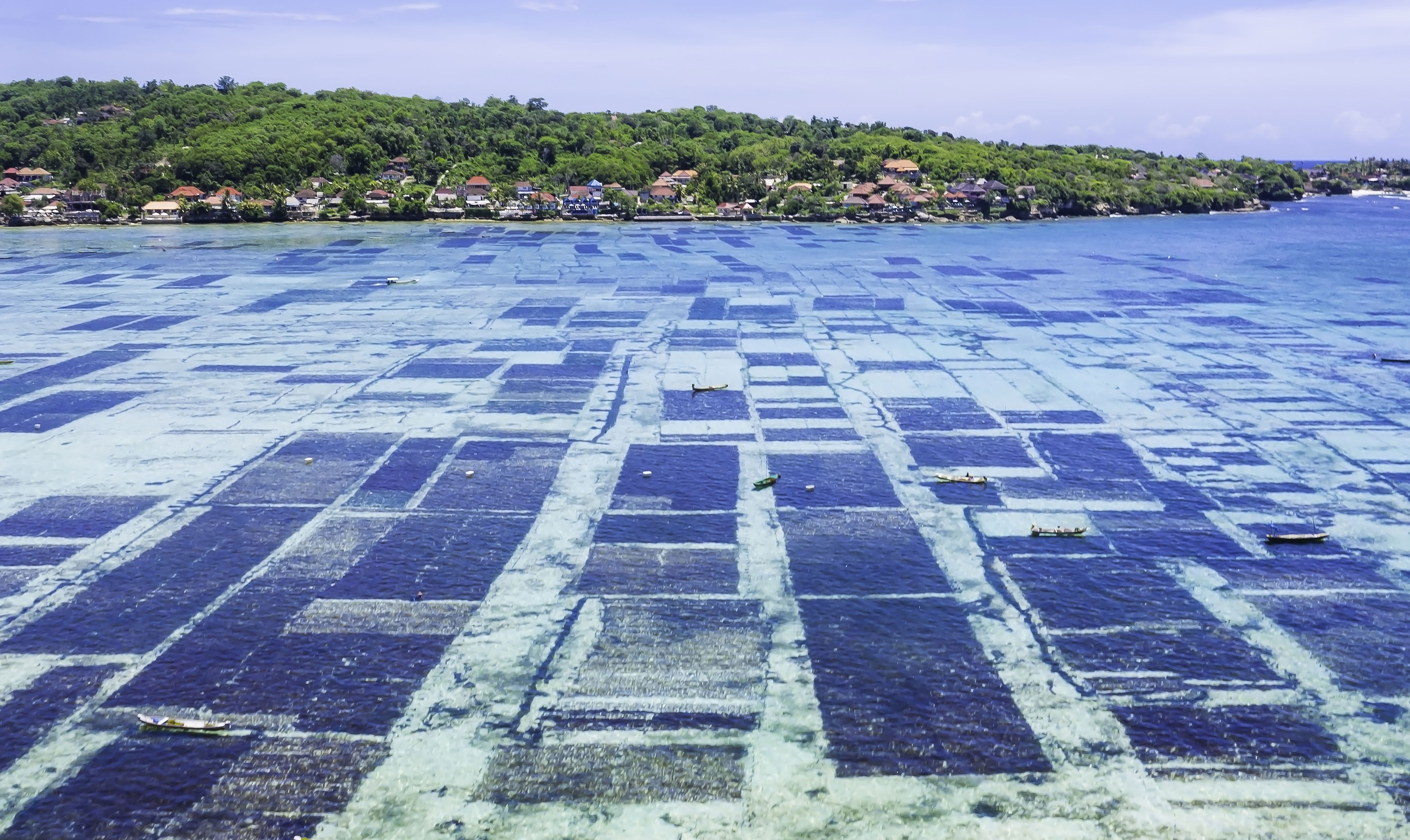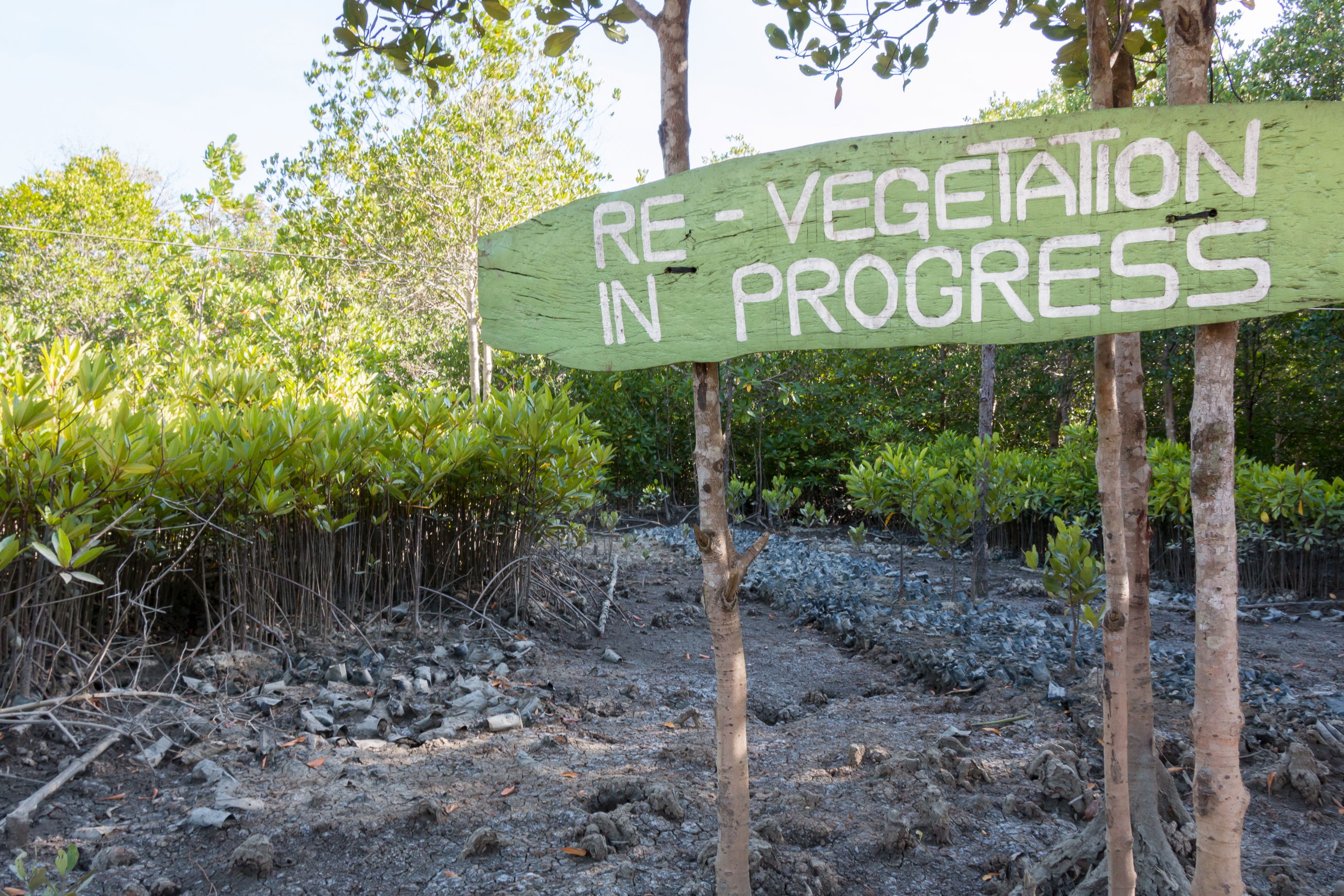Is 'Aquapreneurship' the new frontier for African entrepreneurs?
Climate change is profoundly affecting Africa's coastlines, leading to rising sea levels, coastal erosion, and more frequent extreme weather events, which threaten both human settlements and marine ecosystems. These changes not only endanger the livelihoods of coastal communities but also impact food security by disrupting traditional fishing practices and degrading marine biodiversity. Whilst the term ‘regenerative agriculture’ is now well understood and being implemented on an ever increasing scale on land, can its principles be applied to the sea and what opportunities are there for African food entrepreneurs? Just as regenerative agriculture on land restores soil health and enhances biodiversity, similar practices in the seas, such as seaweed farming, sustainable fish farming, and the restoration of mangroves and coral reefs can help rebuild marine ecosystems, protect coastlines, and create sustainable food sources. Embracing food based entrepreneurship through regenerative aquaculture and sustainable fishing can mitigate the effects of climate change by fostering resilient coastal economies and thus the approach not only adapts to the changing climate but also contributes to the preservation of vital marine resources for future generations.

Africa's coastline stretches approximately 30,500 kilometres (about 18,950 miles). A total of 38 African countries have access to the sea, out of the 54 recognized sovereign states on the continent. This extensive coastline and the number of coastal nations highlight the importance of marine resources and the impact of climate change on these regions. Around 40% of Africa's urban areas and cities are located adjacent to the sea. This significant percentage underscores the vulnerability of these urban centres to the impacts of climate change, such as sea-level rise, coastal erosion, and extreme weather events, all of which pose substantial risks to infrastructure, livelihoods, and overall economic stability in these regions. Approximately 20% of Africa's population lives within 100 kilometres (about 62 miles) of the coastline. This coastal population is particularly vulnerable to the effects of climate change, including rising sea levels, coastal erosion, and the loss of livelihoods connected to marine resources. The proximity of a significant portion of the population to the coast highlights the importance of implementing sustainable practices and resilience measures in these areas. As of 2024, Africa's population is estimated to be around 1.4 billion people. So, approximately 280 million people in Africa will live near the coastline in 2024.
Regenerative agriculture and regenerative aquaculture are both holistic approaches aimed at restoring and enhancing ecosystems, but they operate in different environments and focus on distinct elements of the food system. Regenerative agriculture is land-based and emphasises improving soil health, increasing biodiversity, and restoring natural cycles through practices like crop rotation, cover cropping, and reduced tillage. It aims to rebuild soil fertility, sequester carbon, and create resilient farming systems that are less reliant on external inputs. Regenerative aquaculture, on the other hand, is water-based and focuses on creating balanced aquatic ecosystems by integrating species such as fish, shellfish, and seaweed. It seeks to improve water quality, restore marine habitats, and enhance biodiversity while producing food sustainably. While both approaches share the goal of sustainability and ecosystem restoration, regenerative agriculture focuses on soil and land management, whereas regenerative aquaculture emphasises water ecosystems and the sustainable use of marine and freshwater resources.
Regenerative aquaculture encompasses a variety of approaches and models that aim to restore and enhance aquatic ecosystems while sustainably producing food. These methods focus on improving water quality, biodiversity, and overall ecosystem health, often by integrating different species and practices. Here are some key approaches and models within regenerative aquaculture:
Integrated Multi-Trophic Aquaculture (IMTA):
IMTA involves cultivating species from different trophic levels in the same system. For example, fish (fed species) are farmed alongside filter-feeders like mussels and nutrient-absorbing species like seaweed or algae.
Benefits: This model reduces waste, improves water quality, and creates a balanced ecosystem by allowing the byproducts of one species to be used by others, enhancing resource efficiency.
Seaweed Farming:
Seaweed farming focuses on the cultivation of seaweed, which can absorb excess nutrients from the water, particularly nitrogen and phosphorus, helping to prevent eutrophication.
Benefits: Seaweed farming not only improves water quality but also sequesters carbon, provides habitat for marine life, and can be used as food, biofuel, or fertiliser.

Shellfish Aquaculture:
This approach involves farming shellfish like oysters, clams, and mussels, which are natural filter-feeders. They help clean the water by removing suspended particles and excess nutrients.
Benefits: Shellfish aquaculture improves water quality, enhances biodiversity, and provides a sustainable source of protein. It also contributes to the restoration of natural shellfish populations and habitats.
Mangrove and Coastal Habitat Restoration:
This model integrates the restoration and conservation of coastal habitats like mangroves, seagrasses, and coral reefs with aquaculture activities.Benefits: Restoring these habitats provides natural coastal protection, sequesters carbon, enhances biodiversity, and supports the livelihoods of coastal communities by maintaining healthy ecosystems that can support sustainable fishing and aquaculture.

Polyculture Systems:
Polyculture involves raising multiple species together in the same water body, such as combining fish with aquatic plants or shellfish.
Benefits: This approach mimics natural ecosystems, improving nutrient cycling, increasing productivity, and reducing disease risks, leading to more resilient and sustainable aquaculture operations.
Restorative Aquaculture:
Restorative aquaculture specifically aims to restore degraded ecosystems through aquaculture activities, such as using bivalves or seaweed to regenerate water quality and habitats.
Benefits: This model not only produces food but also actively improves environmental health, making it a key tool in ecosystem restoration efforts.
Closed-Loop Aquaculture Systems:
Benefits: Closed-loop systems reduce water usage, minimise pollution, and can be integrated with plant production in aquaponics systems, where fish waste is used as fertiliser for crops.
These systems, such as recirculating aquaculture systems (RAS), recycle water and waste within a controlled environment, minimising environmental impacts and resource use.
Each of these models contributes to the overall goal of regenerative aquaculture by promoting sustainability, enhancing ecosystem services, and providing food security while minimising environmental impacts.
Over the next several weeks we will introduce the BBC Storyworks "Blue Horizons" series to highlight some of the challenges and opportunities that are present within regenerative aquaculture. The BBC series is an inspiring and innovative collection of stories that showcase how coastal communities and businesses around the world are harnessing the power of the oceans to create sustainable futures. As young African entrepreneurs, this series offers valuable insights into how you can leverage the continent's rich coastal resources to build successful ventures that contribute to food security, climate resilience, and sustainable livelihoods, all while safeguarding our precious marine ecosystems.
Steven Carr
30 August 2024